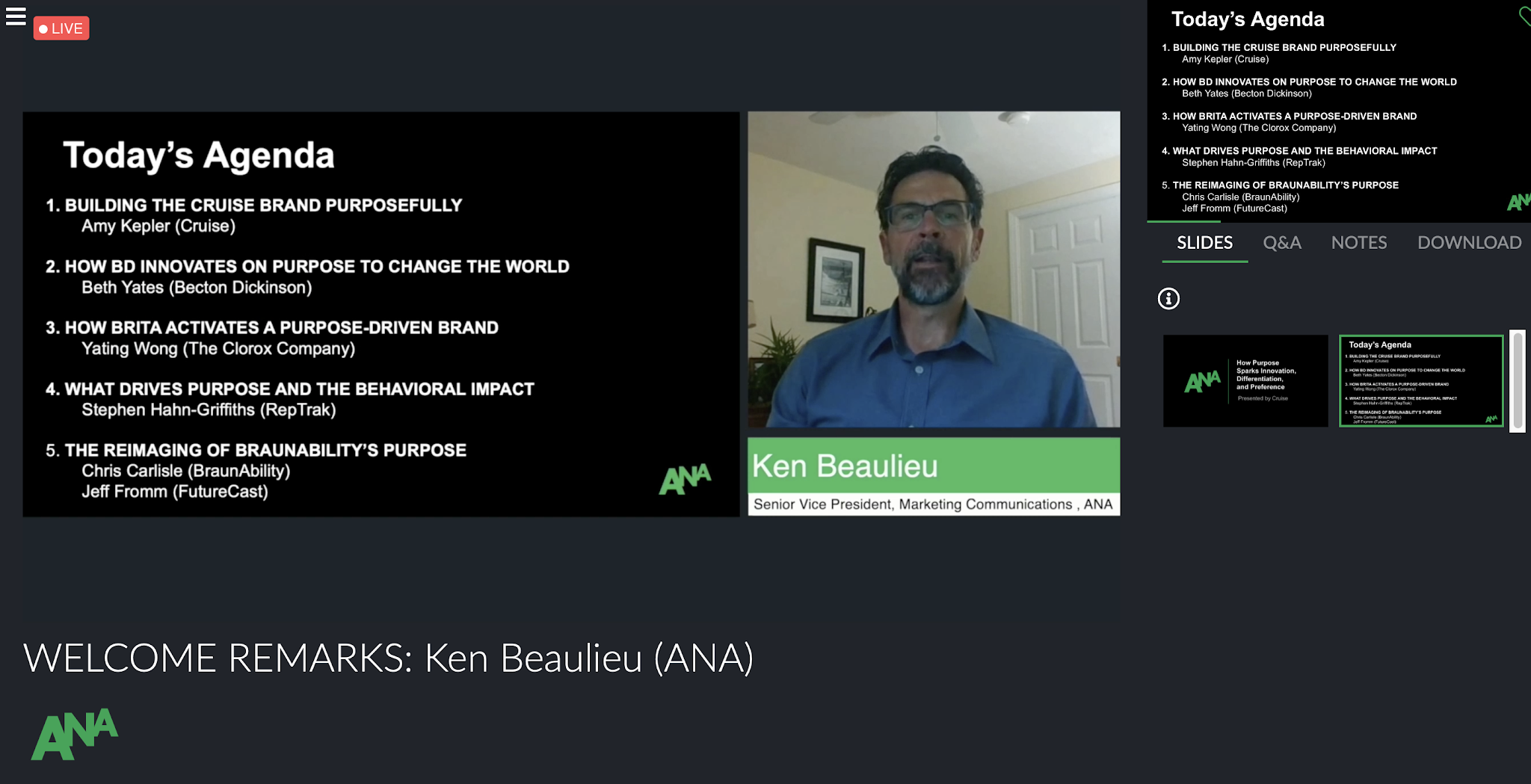THE 3% CONFERENCE NEW YORK
THE 3% CONFERENCE NEW YORK
by Alexander Dean
Thursday, May 8th @ 6pm – Ogilvy, New York

Why do outdated misconceptions about the ever-changing market still prevail and put women in the 3% corner? If 96% of advertising is targeted towards women, then why the creative power only consists of this near-invisible number of female positioning in creative directors roles?
These were two of the main questions that triggered THE 3% CONFERENCE at Ogilvy and provided its founder Kat Gordon with a full throttle start into this highly controversial subject matter that shouts out for social change and female inclusion in a work force designed to attract women participants. Kat brought this even to New York as part of a series of “road shows” appearing in major cities across the country and educating its audiences on how can we make change.
One of the most provocative pieces presented during Kat Gordon’s introduction was the Mad Women video (YouTube link below), which centers around women in top creative roles developing a male underwear campaign. As much as this video may seem funny at first, it’s main focus falls on asking the question “Why is this uncomfortable to watch?” Is it due to the fact that the standard “male gaze” in advertising has been shifted to a “female gaze” positioning the male figure as an erotic subject? We all need to ask ourselves, why is this uncomfortable or unusual and also what can we do as an industry to change this outdated misconception of the male vs female role play and break the spell of the male-dominated creative market place.
Some of the strongest points outlined in the industry action plan to fight this embarrassing gender status quo include the following changes to workplace culture:
-Have your female Cos pledge to speak at one conference every year.
-Encourage your CEO to make a public statement about the company’s commitment to gender diversity; via a blog post, speech, op-ed piece, or annual report.
-Take inventory of your creative department and learn about your male/female ratio. Then set a goal to improve it. Declare it publicly, and report back on your progress publicly.
The panel discussion that took place immediately after was moderated by Barbara Lippert, Editor-at-large at Mediapost and featured some great insights by the below panelists
-Kerry Keenan (Partner and Chief Creative Officer, Deutsch New York) – “Don’t think about the fact that you’re a girl in this industry. Think about how awesome you are. I had both male and female mentors who have tremendously helped me grow.”
-Greg Hahn (Chief Creative Officer, BBDO NY) – “One can certainly grow as a woman professional.”
-Corinna Falusi (Exec. Creative Director and Senior Partner, Ogilvy & Mather NY) – “There used to be times when women only had to deal with men at the workplace. “
-John Partoulis (Chief Creative Officer, BBH NY) – “It’s not about the total number of men vs. women. It’s about people making a difference through their creative decisions.”
If one has to bring out the essence of this discussion to light, it would inevitably be the fact that women creatives have found their way to the top of the industry’s food chain that is dominated by men. In a way, they had to strip off their female gender identity and just blend in through the qualities they posses and prove they are worth their title to the male ran industry. Furthermore, the men on the panel, although acknowledging the fact that women can be as successful, reluctantly referred to these individuals as “women” but more so as “people in positions to make decisions”.
The questions of gender inequality stills remains open and this industry can definitely benefit from such conferences and conversations that push the envelope and shake up the status quo in the creative work force. Why can’t men refer to women as their equal partners in this field? Creative decisions should involve equal, if not higher amount of women collaborators given the fact that the main audience for all creative work is women.
Have men empowered themselves so much that they’ve started to think they posses the female psyche necessary to provide a true insight for a product targeting to women? The 3% of the current state of the game clearly provides an answer to this question. The good news is that the chorus of advocates for change is getting louder with every city this conference passes through. When the envelope gets pushed far enough, it will soon fall out for the stagnant desk of immobility and we’ll eventually see change in the mindset of this industry.


